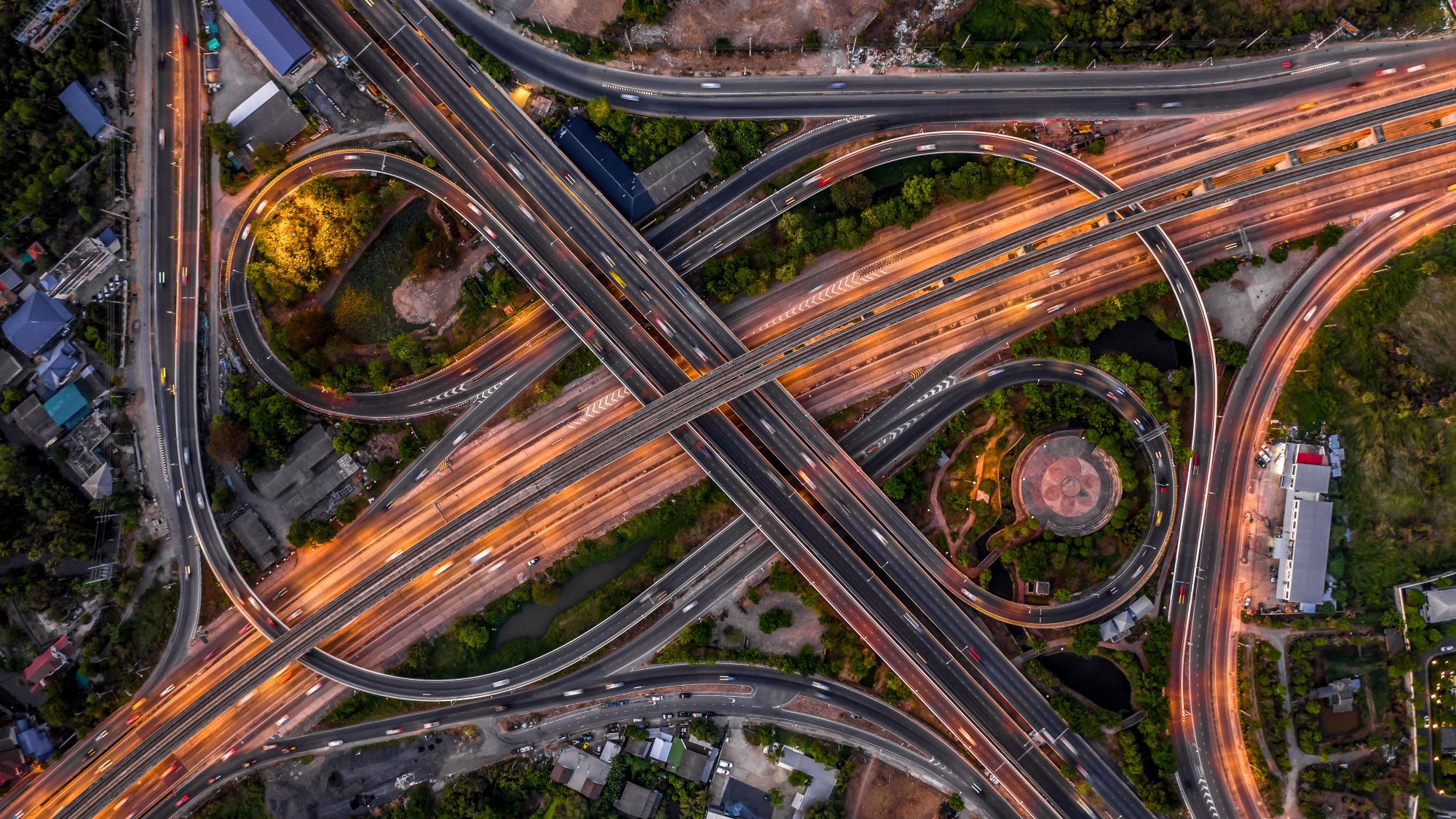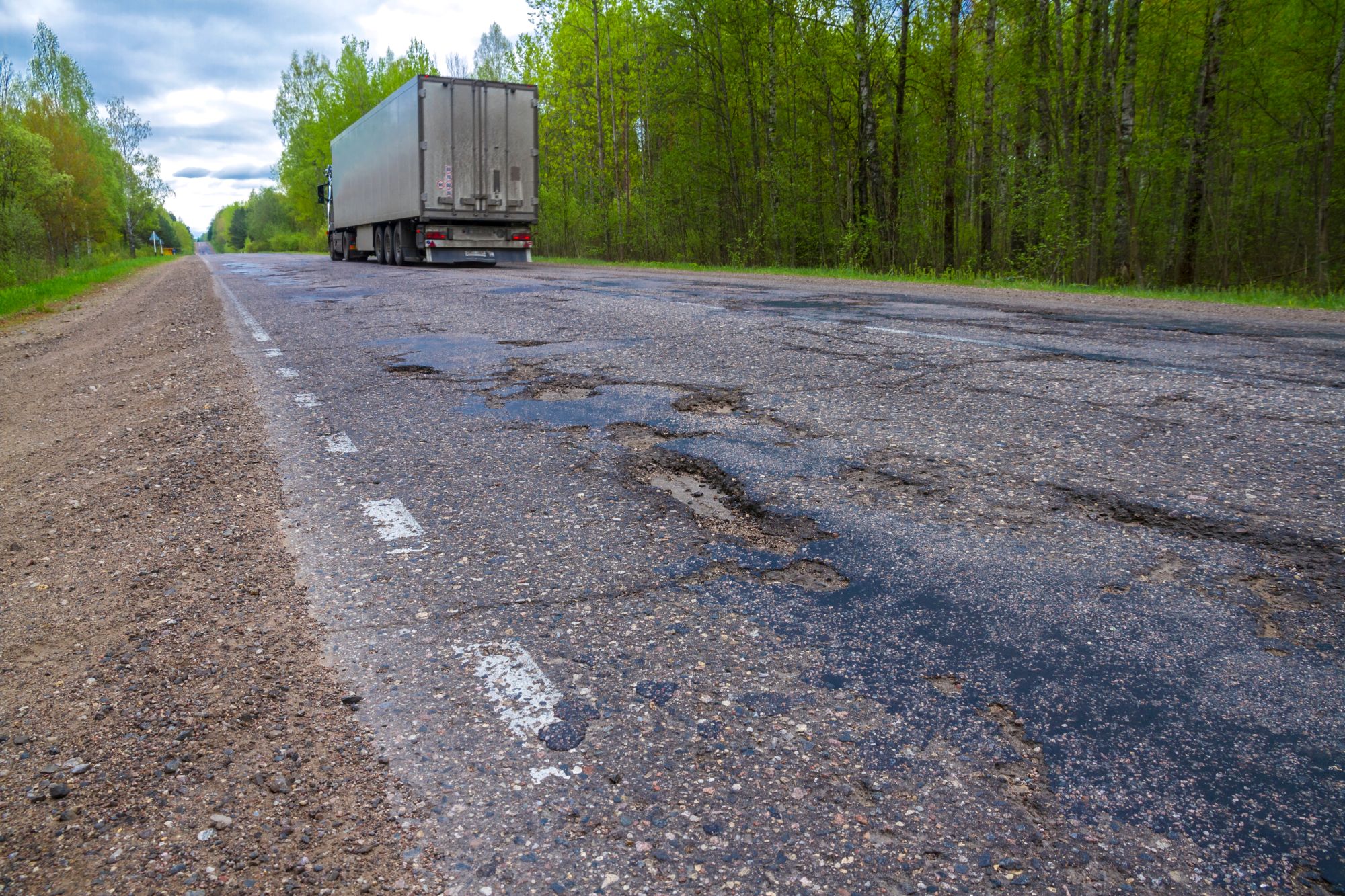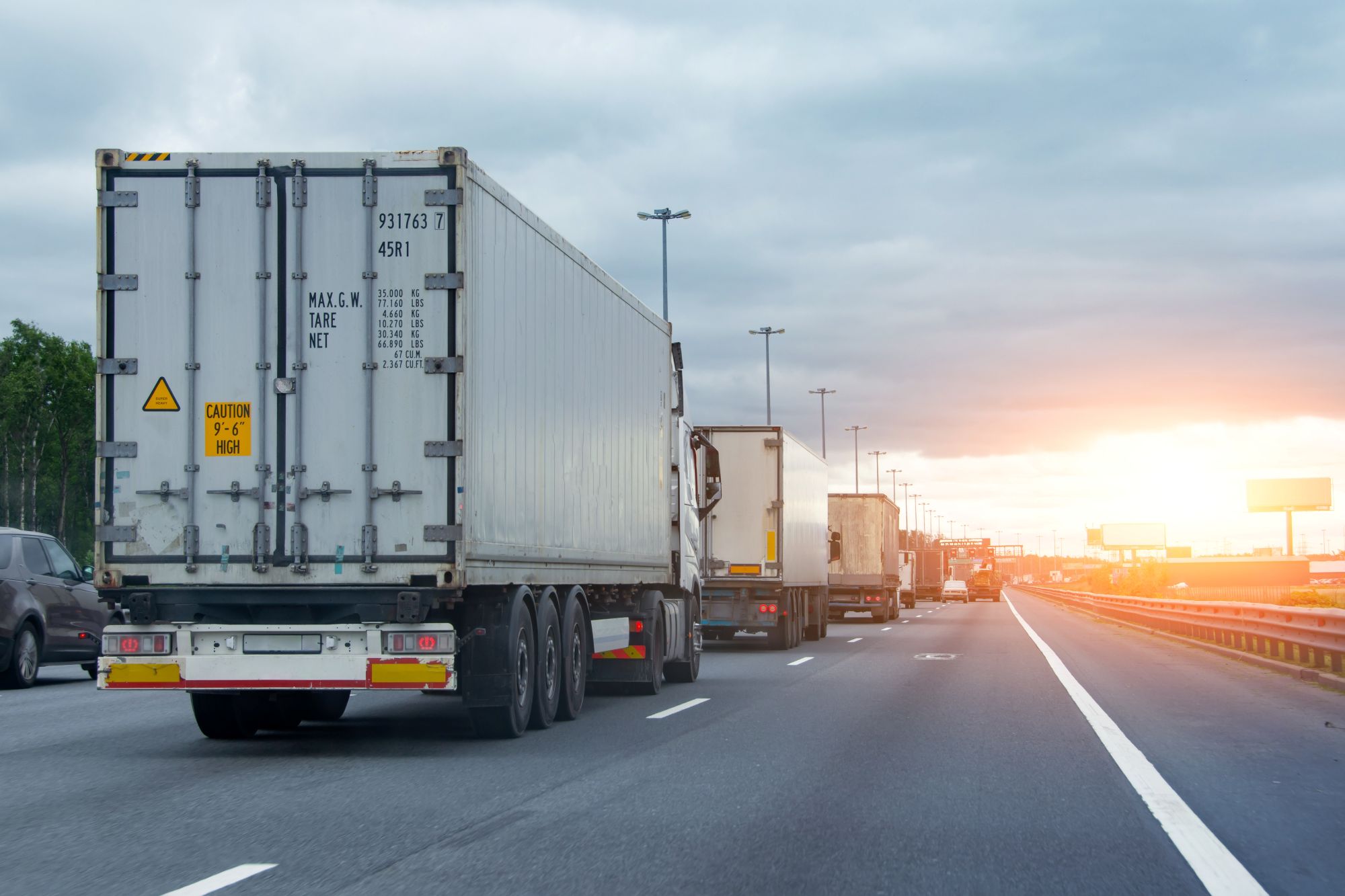
Guest
How UK infrastructure funding could impact the mobility industry
Created: 02/07/2025
•
Updated: 03/07/2025
After years of patchy investment and mounting congestion, the UK government has committed to more than £700 billion in infrastructure spending over the next decade – much of it earmarked for the nation’s roads. From new freight corridors to cutting-edge digital traffic systems, the impact of the 10-Year Infrastructure Strategy on commercial drivers and the wider mobility industry could be transformational.
Roads reaching breaking point
Roads are just one part of the UK’s transport mix – but they carry the overwhelming majority of goods. According to Government data, 81% of domestic freight and 75% of imports and exports move by road, making it the backbone of UK logistics and the economy.
And, despite making up just over two per cent of the UK’s road network by length, the Strategic Road Network (SRN carries 34% of all road journeys – including many of the most time-sensitive, high-volume freight routes. For the drivers using them, their condition and capacity have a direct impact on safety, efficiency and delivery performance.
However, Road Condition Index (RCI) data shows that around 24,500 miles – more than one in every 10 miles – of the network in England and Wales is likely to require maintenance in the next 12 months.
A number of recent emergency bridge closures have further exposed how vulnerable the network has become. In some areas, cracked support structures and decades-old concrete have created dangerous conditions for all road users – especially HGVs, which are often the first to face weight restrictions or forced rerouting.
The government has responded with a new £1 billion fund to repair and rebuild deteriorating bridges, crossings and flyovers as part of its infrastructure strategy. It’s a welcome step – and one that reflects growing industry pressure. For professional drivers, it could mean fewer detours, fewer sudden restrictions, and less time lost to infrastructure that isn’t fit for modern logistics.
But safety isn’t just about avoiding catastrophic failures. It’s also about long-term resilience – ensuring roads, bridges and lay-bys are maintained properly before they become hazards. This renewed focus on maintenance signals that road upkeep may finally start to match the scale, size and speed of the vehicles that depend on it.

The pothole problem
While high-profile projects dominate announcements, it’s often the everyday condition of the road surface that has the biggest impact on drivers. For those in haulage, potholes are more than a nuisance – they’re a persistent safety hazard and a costly burden.
Repeated exposure to uneven surfaces increases wear and tear on HGVs, damages tyres and suspension and contributes to driver fatigue. In some cases, pothole damage has forced vehicles off the road for emergency repairs, disrupting deliveries and affecting service-level agreements.
For drivers, the risks are personal. Trying to avoid potholes – especially on narrow or busy roads – can lead to dangerous manoeuvres. Add poor weather, limited lighting or tight delivery schedules and the stakes only rise.
As part of its wider infrastructure push, the government has allocated £1.6 billion as part of the Plan for Change to upgrade local infrastructure, including potholes, cracked surfaces and worn-out carriageways. The aim is to bring roads up to a safer, more reliable standard – particularly on freight-heavy routes.
It won’t fix the problem overnight, but it marks a shift in priorities – recognising that driver welfare starts with the basics, and that a safe, comfortable journey depends on well-maintained roads.
For fleets, the knock-on benefits include fewer unplanned repairs, lower insurance claims and less driver downtime. For drivers, it means fewer jolts, less stress and one less thing to worry about on a long shift.
A reliable network
Driver welfare is front and centre of modern transport conversation. Long hours, delayed schedules and inadequate facilities have taken their toll. But the government’s latest plans offer hope for a safer, better-connected network.
Across the UK, driver facilities have struggled to keep up with demand. Parking is often limited, services are stretched and many rest areas fall short on comfort and security – especially for long-haul operations. That’s why the government is also improving the driving environment: more secure parking, better welfare amenities and planning reforms to speed up the development of new sites.
At the same time, investment in charging and refuelling hubs for electric and hydrogen trucks is accelerating. Moto, for example, has committed to installing over 300 HGV electric chargers at 23 motorway locations, while Ashford Truckstop is being transformed into a major charging hub for cross-Channel freight. These facilities aren’t just about keeping vehicles moving – they’re about giving drivers safe, well-equipped places to rest and recharge themselves.
If your drivers are looking for a safe place to stop, our intruck app allows them to identify and book rest stops across the UK and Europe. Find out more and download it here.

The cost of congestion
Traffic jams, unpredictable routes and pressure to hit delivery windows contribute to driver stress and fatigue – and they make the road a more dangerous place to be.
Major infrastructure upgrades like the Lower Thames Crossing, A66 dualling and M60 Simister Island improvements are designed to reduce congestion and cut accident risks at some of the UK’s most notorious pinch points.
In addition, there’s still a push to introduce digital tools that support safer, smoother journeys. Real-time traffic alerts, smart detection systems and better traffic management will help fleet managers and drivers respond quickly to disruptions and reroute where needed.
National Highways’ Digital Roads programme is already laying the groundwork, with smart infrastructure that can detect hazards earlier, manage traffic flows more intelligently and communicate clearer, real-time updates.
What does this mean for mobility?
A step forward for mobility and driver welfare. The coordinated national effort to tackle the UK’s infrastructure backlog and to modernise the roads in a way that benefits the drivers who rely on them most.
The real test will be in delivery. Turning funding into tangible improvements will require listening to drivers, learning from frontline experience and measuring success by how the roads feel – not just what they cost.
“This new wave of investment isn’t just about cutting journey times,” says Stuart Willetts, UK Business Development Manager, at SNAP. “It’s about building a transport network that supports driver wellbeing and operational efficiency and the clean mobility transition. We can’t wait to see the results.”
Want to see how mobility is evolving where you are?
Use the SNAP map to find services and solutions near you – no matter what road you’re on.



